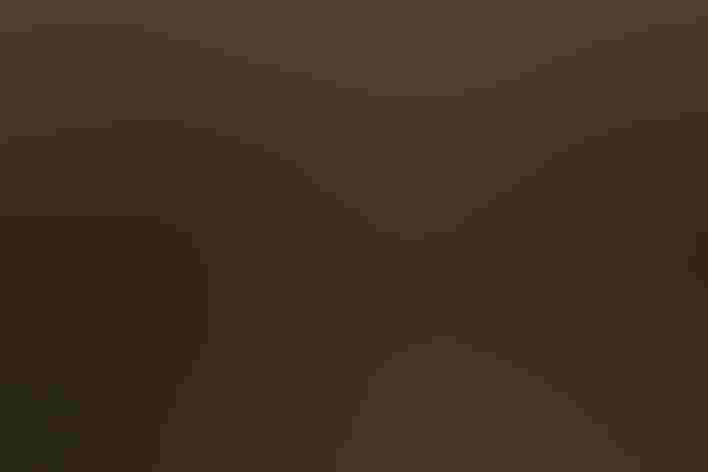Common Eider
At a Glance
A big, lethargic, heavy-bodied duck of northern coastlines. Often seen floating offshore in flocks of up to several thousand birds. Sociable in breeding season also, and often nests in colonies. Eider down, famous for its insulating qualities, is used in large amounts in the nest lining of these ducks, helping to keep the eggs warm in frigid northern ÃÛèÖAPPs. In some places, such as Iceland, the down is harvested commercially at coastal 'eider farms,' where the wild birds are encouraged to nest in sheltered nooks built for them.
All bird guide text and rangemaps adapted from by Kenn Kaufman© 1996, used by permission of Houghton Mifflin Harcourt Publishing Company. All rights reserved.
Category
Diving Ducks, Duck-like Birds
IUCN Status
Near Threatened
Habitat
Coasts and Shorelines, Lakes, Ponds, and Rivers, Open Ocean, Tundra and Boreal Habitats
Region
Alaska and The North, Eastern Canada, Florida, Mid Atlantic, New England, Southeast, Western Canada
Behavior
Direct Flight, Formation, Swimming
Population
2.300.000
Range & Identification
Migration & Range Maps
Northernmost breeders migrate rather long distances, southernmost breeders are more sedentary; total winter range does not extend very far beyond southern edge of nesting range. Less likely than King Eider to appear far to the south. Hudson Bay birds remain there all year on open leads in pack ice.
Description
23-27" (58-69 cm). Adult male distinctive; bill color varies from orange (Alaska) to olive-gray (northeast). Female known by large size, long sloping bill, heavy barring on sides; overall color varies from grayish to rusty brown. Young males go through various stages including dark-headed, white-chested look.
Size
About the size of a Heron, About the size of a Mallard or Herring Gull
Color
Black, Brown, Green, White, Yellow
Wing Shape
Pointed, Tapered
Tail Shape
Pointed, Short, Wedge-shaped
Songs and Calls
During courtship the male gives a hollow moan and various cooing notes. Female quacks.
Call Pattern
Flat, Rising, Undulating
Call Type
Croak/Quack, Hoot, Odd, Whistle
Habitat
Rocky coasts, shoals; in summer, also islands, tundra. Very close to coastlines at all seasons. For nesting favors islands or coasts with rocky shorelines, either barren or forested, or coastal lagoons in tundra regions. At other seasons on shallow oceanic waters, usually not far from shore. Rarely on fresh water.
Sign up for ÃÛèÖAPP's newsletter to learn more about birds like the Common Eider
Behavior
Eggs
3-5, sometimes 1-8. Olive-green to olive-gray. Incubation by female only, 24-25 days, sometimes 23-30 days.
Young
Leave nest shortly after hatching and go to water. Female tends young, but young find all their own food. Several broods often join in group called "creche," accompanied by several adult females. Age at first flight 65-75 days.
Feeding Behavior
Forages mainly underwater; also forages in shallow water by up-ending or by swimming with only head submerged. May feed by day or night, most often on falling tide or at low tide.
Diet
Mainly mollusks. Feeds especially on mussels and other bivalves; also some crabs and other crustaceans, echinoderms, aquatic insects, small fish. On breeding grounds eats more insects and some plant material.
Nesting
Several males may court one female. Displays of male mostly involve exaggerated movements of head, accompanied by low cooing calls; also rearing up out of water, flapping wings. Nest site on ground, usually somewhat sheltered by rocks or plants, close to water. Occasionally on cliff ledge. Often breeds in colonies; may be associated with Arctic Terns or other birds. Nest is a shallow depression lined with plant material and with large amounts of down.
Conservation
Conservation Status
Abundant, total population probably several million. Local concentrations vulnerable to oil spills and other forms of pollution, and many populations may be vulnerable to the effects of ÃÛèÖAPP change.
Climate Threats Facing the Common Eider
Choose a temperature scenario below to see which threats will affect this species as warming increases. The same ÃÛèÖAPP change-driven threats that put birds at risk will affect other wildlife and people, too.






